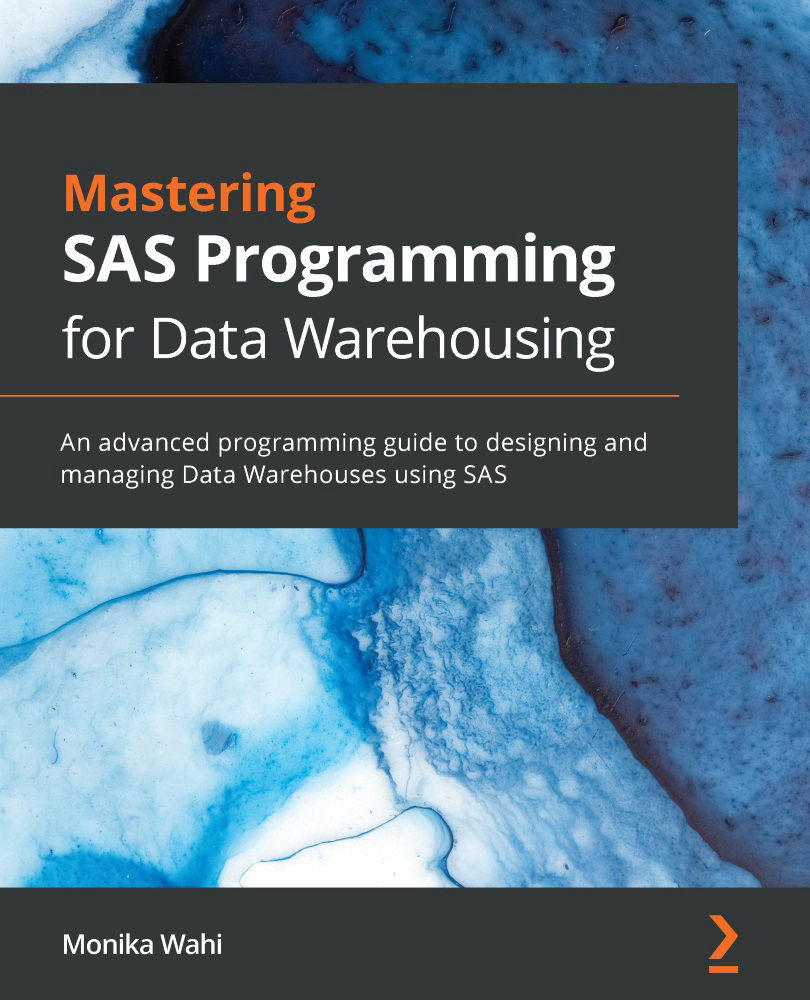Chapter 9
Even though code runs the same way no matter how it is formatted, the answer to this question could be false if you are working in a team producing ETL code. In that case, making well-formed and well-formatted code could matter a lot, in that it could save hours of troubleshooting and debugging. However, if you are working on a one-person, one-time project (such as a homework assignment), then the answer to this question could be true.
A good place to start troubleshooting an error in a transformation step is to start by going to the first error registered in the log file and ensuring that semi-colons are in the right place. A next step could be to break the data step apart and see if you can get a smaller piece of it to run.
The programmer uses a
PUTstatement to ask SAS to print certain values to the log file. A programmer can use thePUTstatement during a data step to print certain values to the log file to help with data step troubleshooting.If you...


































































